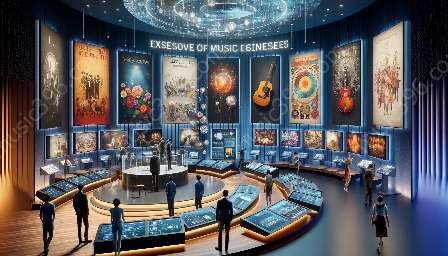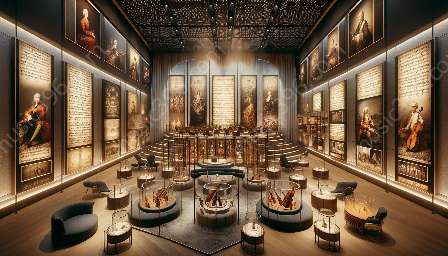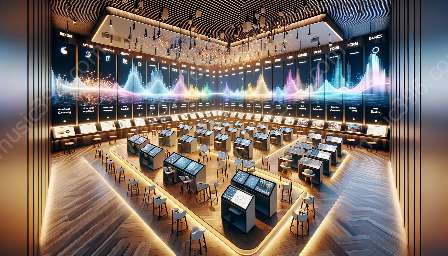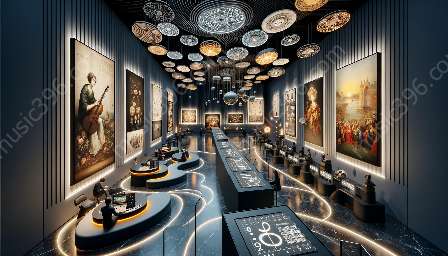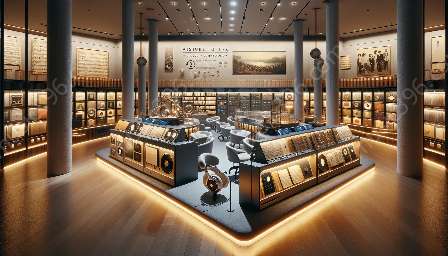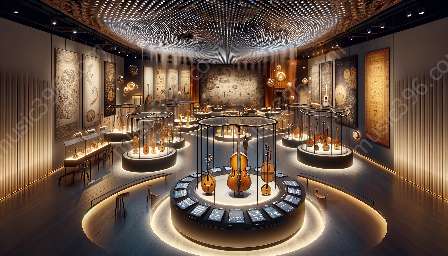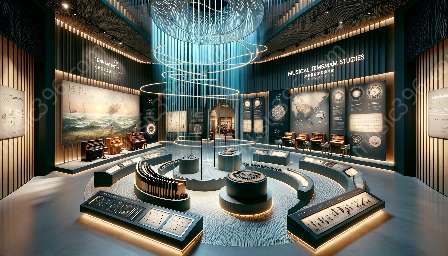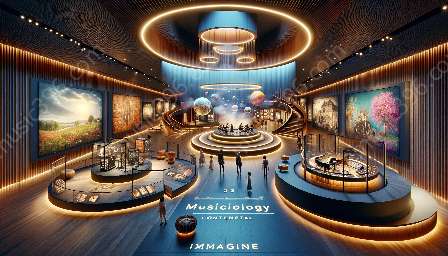Musicology is a fascinating field that delves into the historical and cultural significance of traditional musical instruments. Across various cultures and time periods, these instruments have played a crucial role in shaping the musical landscapes of diverse societies. From the ancient origins of the stringed instruments to the intricate percussion tools, this topic cluster will explore the historical roots, evolution, and contextual significance of traditional musical instruments.
Stringed Instruments
One of the oldest families of musical instruments, stringed instruments have a rich historical background that dates back thousands of years. In ancient Mesopotamia, the harp and lyre were central to musical performances and religious rituals, featuring prominently in the culture of the time. The use of stringed instruments continued to evolve across civilizations, from the Chinese guqin to the European lute, each with its unique historical significance and influence on musicology.
The Influence of Chinese Stringed Instruments
Chinese traditional musicology is deeply intertwined with the historical origins of stringed instruments such as the pipa, guzheng, and erhu. These instruments not only showcase the technical prowess of ancient Chinese artisans, but they also embody the cultural and philosophical underpinnings of traditional Chinese music. The rich history and symbolism associated with these instruments make them integral to understanding the musical traditions of China.
Percussion Instruments
The rhythmic heartbeat of music, percussion instruments have an equally compelling historical narrative. From the ancient African djembe to the ceremonial drums of indigenous cultures, these instruments have been used in social, spiritual, and celebratory contexts throughout history. The diverse range of percussion instruments reflects the cultural diversity and innovation of human societies, underscoring their importance in the study of musicology.
The Legacy of African Percussion
Africa boasts a rich tapestry of percussion instruments that have shaped the continent's musicology. The historical origins of instruments like the talking drum, dunun, and balafon are deeply intertwined with the traditions, rituals, and storytelling of African societies. Through the rhythmic complexities and symbolic meanings embedded in these instruments, an understanding of Africa's musical heritage emerges, showcasing the historical depth and cultural significance of percussion in traditional musicology.
Wind Instruments
From the haunting melodies of the Native American flute to the regal fanfares of European brass instruments, wind instruments have a storied history that spans continents and epochs. The enchanting sounds produced by these instruments have been integral to spiritual ceremonies, courtly performances, and folk music traditions, contributing to the historical tapestry of musicology in diverse cultures.
Exploring the Legacy of European Wind Instruments
The historical origins of wind instruments such as the trumpet, flute, and oboe can be traced back to ancient civilizations and medieval courts, playing pivotal roles in shaping European musical traditions. From the refinement of techniques to the evolution of instrument design, the story of European wind instruments is closely intertwined with the socio-cultural dynamics and artistic expressions of different time periods, offering intriguing insights for musicologists.
Conclusion
Understanding the historical origins of traditional musical instruments is fundamental to comprehending the complex interplay between culture, society, and musicology. From stringed instruments to percussion and wind instruments, each category represents a vast reservoir of cultural heritage and artistic ingenuity. As musicologists continue to explore the rich tapestry of traditional musical instruments, they uncover valuable insights into the historical, social, and artistic dimensions of human civilization.





